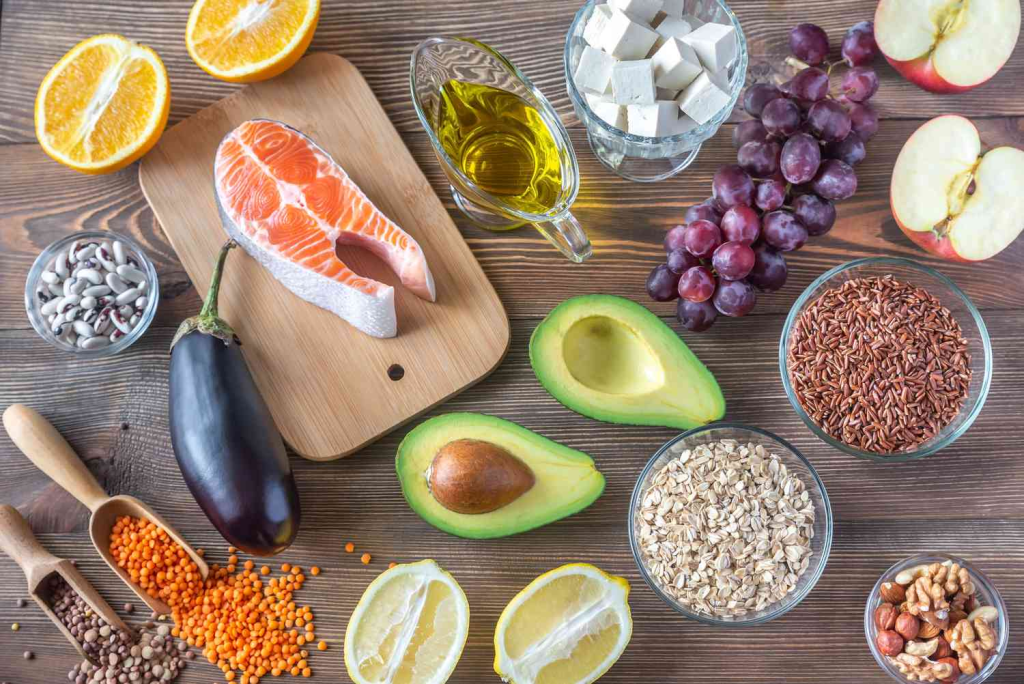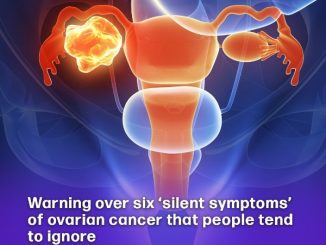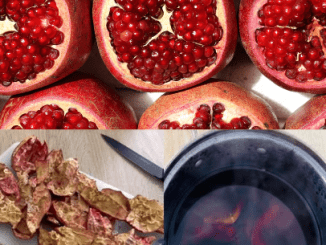When most people hear “cholesterol,” they instantly think heart attacks or blocked arteries. But here’s the truth—cholesterol isn’t the enemy. In fact, your body needs it to survive. It’s a crucial building block for hormones, vitamin D, and the bile acids that help you digest fats. The real problem isn’t cholesterol itself—it’s how much of the wrong kind is floating around in your bloodstream.
Let’s break it down in a way that actually makes sense—and show you how to keep your cholesterol numbers where they need to be.
What Is Cholesterol, Really?

Cholesterol is a waxy, fat-like substance found in every cell of your body. Your liver makes all the cholesterol you need. But when you add dietary cholesterol—mostly from animal products like red meat, cheese, and eggs—it can tip the balance and lead to health problems if you’re not careful.
The issue is not whether you have cholesterol—it’s the type, and how much of it is sticking around in your bloodstream causing trouble.
LDL vs. HDL: Know the Difference
You’ve probably heard these acronyms thrown around, but what do they actually mean?
LDL (Low-Density Lipoprotein)
This is what we call the “bad” cholesterol. When LDL levels are too high, they leave behind deposits on the walls of your arteries—like sludge in a pipe. Over time, this buildup, called plaque, narrows the arteries and restricts blood flow. That’s what leads to heart attacks, strokes, and poor circulation.
HDL (High-Density Lipoprotein)
Think of this as the “good guy.” HDL works like a vacuum. It travels through your bloodstream, picks up excess LDL, and hauls it back to the liver where it gets broken down. The more HDL you have, the better your body is at cleaning out the bad stuff.
Triglycerides
These are another form of fat in your blood. High levels—especially when paired with high LDL and low HDL—can seriously increase your risk of heart disease.
Video : How to Lower Cholesterol Naturally in 4 Steps
The Top Foods That Spike Bad Cholesterol
Let’s be real—what you eat directly affects your cholesterol. And not all fats are created equal.
Here’s what raises your LDL the fastest:
- Red meats like beef, pork, and lamb
- Processed meats including sausage, bacon, and deli slices
- Full-fat dairy (think cheese, butter, cream)
- Fried foods and fast food loaded with saturated fats
- Trans fats found in baked goods, snacks, and margarine
Foods like egg yolks or shellfish contain cholesterol, but in moderation, they’re not nearly as dangerous as the saturated and trans fats in ultra-processed foods.
What Happens When LDL Is Too High
The scary thing about high LDL is that it doesn’t come with symptoms. It quietly builds up inside your arteries, turning smooth pathways into rough, narrowed channels. This condition—called atherosclerosis—restricts blood flow to the heart, brain, kidneys, and limbs.
That can lead to:
- Heart attacks
- Stroke
- Chest pain
- Peripheral artery disease
- Kidney dysfunction
And here’s the worst part: You might feel perfectly fine while this damage is happening. That’s why regular cholesterol screenings are so important.
How to Lower Your Cholesterol Naturally

Before jumping to medications, your first line of defense should be lifestyle. Here’s how to kick bad cholesterol to the curb:
1. Eat More Fiber
Soluble fiber traps cholesterol in your digestive system and flushes it out. You’ll find it in:
- Oats
- Beans
- Lentils
- Apples
- Carrots
2. Swap in Healthy Fats
Replace butter, cream, and lard with heart-friendly fats like:
- Olive oil
- Avocados
- Nuts and seeds
- Nut butters (without added sugar or hydrogenated oils)
3. Eat More Omega-3s
Fatty fish like salmon, mackerel, and sardines help lower triglycerides and protect your heart.
4. Get Moving
Exercise raises HDL and lowers LDL. Just 30 minutes of brisk walking five days a week can make a difference. It’s not about becoming a marathon runner—it’s about moving more, period.
5. Cut Smoking and Limit Alcohol
Smoking lowers your HDL and damages artery walls. Alcohol, especially in excess, increases triglyceride levels. If you drink, do it in moderation.
6. Snack Smart
Instead of chips or cookies, try a handful of almonds or walnuts. They’re crunchy, satisfying, and great for your heart.
7. Stay Consistent
None of this works overnight. Think long-term. Build habits that are sustainable—not just for your waistline, but for your arteries.
When to Consider Medication
Video : 5 Foods That Can Help Lower Cholesterol: Apples, Lentils, Avocados
Sometimes, even with your best effort, lifestyle changes aren’t enough—especially if you have genetically high cholesterol or existing heart disease. That’s when your doctor might suggest statins or other cholesterol-lowering medications. These drugs can be highly effective when used alongside a healthy lifestyle.
Don’t be afraid to ask about testing your lipid panel, especially if heart disease runs in your family. Prevention beats treatment every single time.
Conclusion: Take Control of Your Cholesterol Before It Takes Control of You
Here’s the bottom line: Cholesterol isn’t evil—it’s essential. But when the balance tips too far in favor of LDL, your heart pays the price.
The good news? You’re not powerless. You can make changes today that keep your cholesterol in check, your arteries clear, and your heart strong.
Start by knowing your numbers. Fuel your body with whole, unprocessed foods. Move every day—even just a little. And stay proactive about your health.
Because when it comes to heart disease, what you don’t know can hurt you. But what you do know? That could just save your life.


